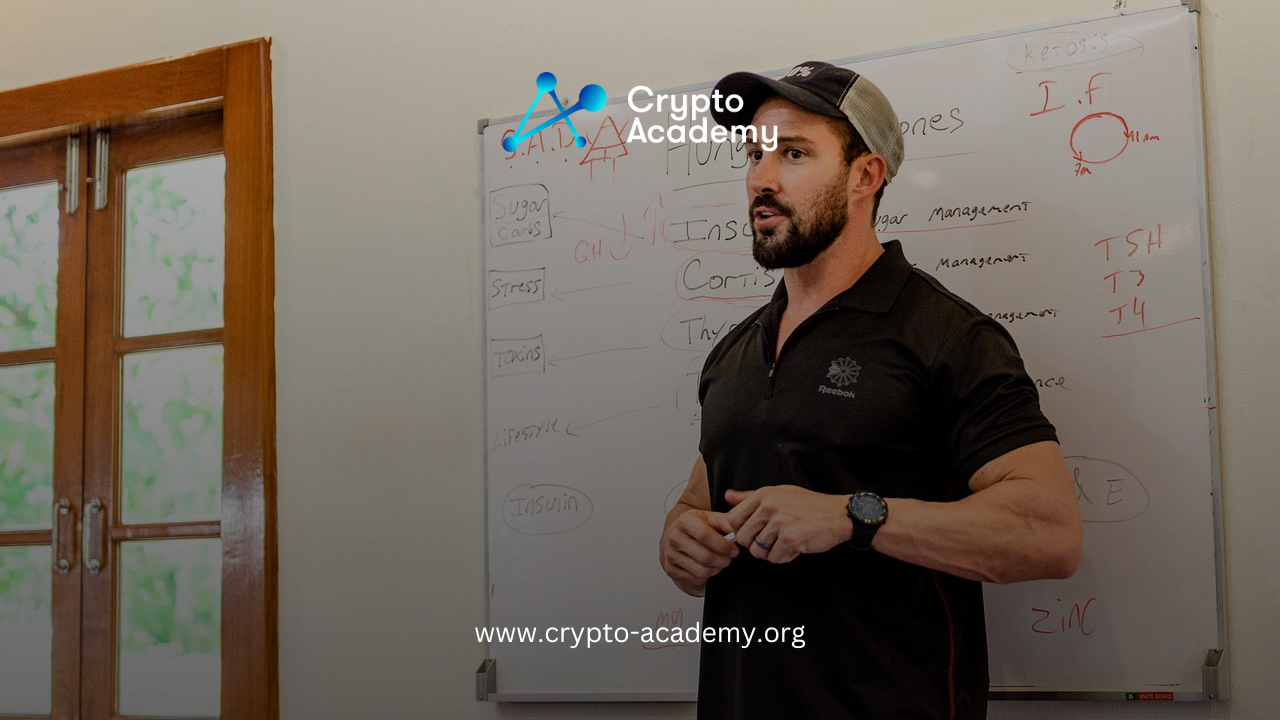Lyvely Co-founder Claims SocialFi Revolutionizes Content Creation

In a world where decentralized applications (dApps) are taking over, a new player has emerged that combines the realms of social networking and blockchain technology to create what is now known as SocialFi. This integration aims to redefine the creator economy by offering content creators more equitable compensation and greater autonomy over their interactions with audiences. At the forefront of this revolution is Lyvely, a platform that seeks to empower creators through innovative financial tools and decentralized solutions.
Dave Catudal, co-founder and Chief Experience Officer of Lyvely, recently discussed how SocialFi could potentially transform the way digital creators engage with their communities and monetize their content. According to Catudal, the current social media networks and traditional payment systems fall short in adequately serving the creator community. Lyvely intends to fill this gap by providing a more entrepreneurial environment where creators can thrive independently.
The Genesis of Lyvely
The concept of Lyvely was born out of necessity and opportunity, as explained by Catudal. Before the pandemic, the importance of having a resilient online presence became starkly apparent when people close to the founders lost their jobs overnight due to lockdowns. This realization spurred Catudal and his co-founder, Farah Zafar, to develop a platform that could offer more security and freedom through an online presence.
Lyvely’s mission is clear: to enable anyone to monetize their digital presence from day one. Whether it’s through exclusive content, community memberships, or brand affiliations, Lyvely provides a suite of tools designed to turn personal brands into sustainable businesses. The platform encourages users to think strategically about content creation, focusing on business development and revenue generation.
From Social Media to SocialFi
Lyvely distinguishes itself from traditional social media by emphasizing business and brand building over just social interactions. Catudal highlights that while traditional platforms focus on content distribution, Lyvely aims at creating a revenue path for its users. The core of SocialFi lies in its ability to merge social interactions with financial opportunities, leveraging blockchain technology to offer decentralized financial tools that are less reliant on conventional payment gateways, which often come with high fees.
The introduction of Lyvely’s native token, LVLY, represents a significant step towards integrating these two worlds. Scheduled for launch later this year, the LVLY token is designed to be stealthy and user-friendly, providing utility without overwhelming the users with the complexities of blockchain technology.
Overcoming Challenges in a Tepid Web3 Atmosphere
Despite the innovative approach, launching a new token in the current cautious Web3 environment poses challenges. However, Lyvely has strategically invested in its adoption and acceptance to ensure a smooth rollout. Catudal emphasizes that unlike many crypto projects that rely heavily on token sales, Lyvely operates more like a traditional corporate entity with a clear business model and long-term strategies, including plans for going public.
This corporate approach, backed by substantial investment from some of the largest cryptocurrency miners and a team with experience in leading tech and crypto companies, positions Lyvely uniquely in the market. The platform is designed to be equitable and sustainable, appealing to creators who seek stability and growth in their digital careers.
The Future of Content Creation with SocialFi
As Lyvely prepares to launch its LVLY token and further develop its platform, the potential for SocialFi to revolutionize content creation is immense. By reducing reliance on traditional social media and payment systems, Lyvely aims to empower creators with more control over their financial futures and creative content.
The success of Lyvely and the broader adoption of SocialFi could herald a new era for the creator economy, one where digital creators are no longer at the mercy of algorithm changes and platform policies but are empowered to build their own sustainable digital enterprises.
In conclusion, Lyvely’s approach to merging social media with financial tools through blockchain technology represents a significant shift in how content creators can engage and profit from their work. As the platform evolves, it will be interesting to see how the landscape of digital content creation transforms, making it more inclusive, equitable, and profitable for creators worldwide.

Comments are closed.